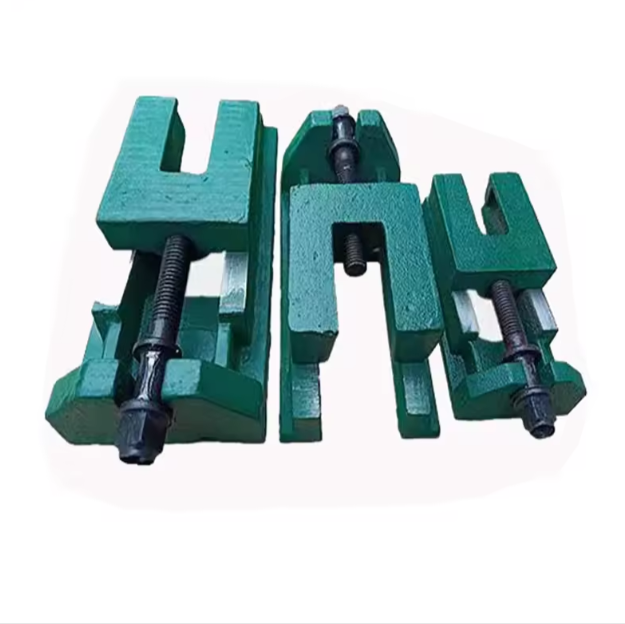ታኅሣ . 04, 2024 16:13 Back to list
Essential Tools for Precision Measurement in Metalworking Projects
Measuring Tools for Metal Work An Essential Guide
In the realm of metalworking, precise measurements are crucial for achieving high-quality results. Whether you are a professional metalworker or a hobbyist, having the right measuring tools can significantly impact the accuracy and efficiency of your projects. This article will explore some of the most essential measuring tools used in metalworking, along with tips on how to utilize them effectively.
1. Calipers
Calipers are versatile measuring tools that allow for accurate internal and external measurements, as well as depth measurements. There are several types of calipers including vernier calipers, digital calipers, and dial calipers. Digital calipers are particularly popular due to their ease of use and quick readings. They often feature a large display, making it easy to read measurements at a glance. When using calipers, it is important to ensure that the tips are clean and calibrated for optimal accuracy.
2. Micrometers
Micrometers provide even more precise measurements than calipers, especially for small dimensions. These tools are ideal for checking the thickness of materials, such as sheet metal and wires, as they can measure to an accuracy of one-thousandth of an inch. There are various types of micrometers, including outside micrometers for measuring external dimensions and inside micrometers for internal dimensions. For best results, micrometers should be calibrated regularly, and care should be taken to avoid excessive pressure that could damage the tool or the workpiece.
3. Tape Measures
While tape measures are commonly used in construction, they are also essential in metalworking. A quality metal tape measure is flexible and durable, making it suitable for a variety of applications. When measuring larger pieces of metal or setting up layouts, a retractable tape measure is often the tool of choice. To improve accuracy, it is essential to ensure that the tape is straight and taut during measurement, avoiding any slack that could lead to errors.
measuring tools for metal work

4. Squares
Squares are crucial for ensuring right angles and straight lines. Different types of squares, such as try squares, framing squares, and combination squares, serve various functions in metalworking. A combination square is particularly useful as it can measure both 90- and 45-degree angles while also serving as a depth gauge and a marking tool. When setting up your projects, always verify that your materials are square, which will help to ensure that everything assembles correctly.
5. Levels
When working with metal structures, ensuring that they are level is crucial for both aesthetics and functionality. A spirit level or laser level can help metalworkers achieve accurate horizontal and vertical alignment. While spirit levels are more traditional, laser levels offer advanced capabilities for long-distance measurements, ensuring high precision over larger projects. Regularly check the level for accuracy before use to avoid any misalignment.
6. Gages
Measurement gages, including feeler gages and thread gages, are important for specific applications within metalworking. Feeler gages are used to measure gap widths and clearances, while thread gages check the pitch and diameter of threads. Using gages correctly can save time and prevent costly mistakes by ensuring that all components fit together as intended.
Conclusion
In summary, the accuracy of measurements in metalwork is vital for producing quality results. The most commonly used measuring tools, including calipers, micrometers, tape measures, squares, levels, and gages, all play a significant role in ensuring precision. By selecting the appropriate tools for your specific tasks and using them correctly, you can enhance your metalworking projects, thereby achieving professional-level results. Investing in high-quality measuring tools often pays off in the long run, reducing errors and increasing efficiency in your metalworking endeavors.
-
thread-plug-gauge-our-promise-of-measurement-excellenceNewsAug.22,2025
-
gauge-pin-class-reflecting-quality-legacyNewsAug.22,2025
-
check-valve-types-for-high-rise-buildingsNewsAug.22,2025
-
water-control-valve-for-irrigation-systemsNewsAug.22,2025
-
gate-valve-with-soft-seal-technologyNewsAug.22,2025
-
y-type-strainer-for-oil-and-gas-applicationsNewsAug.22,2025
Related PRODUCTS









